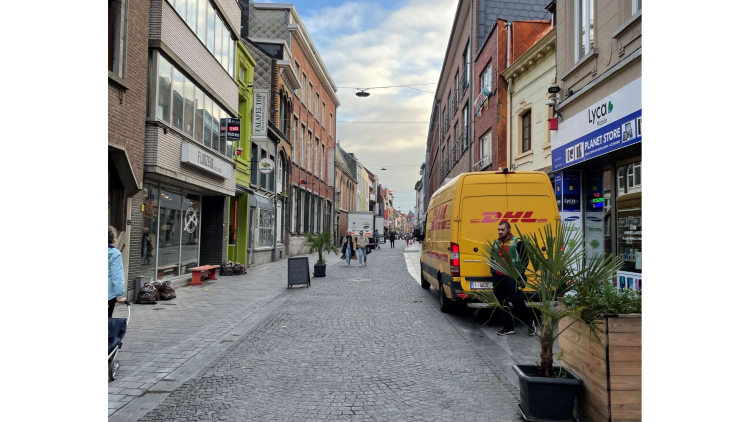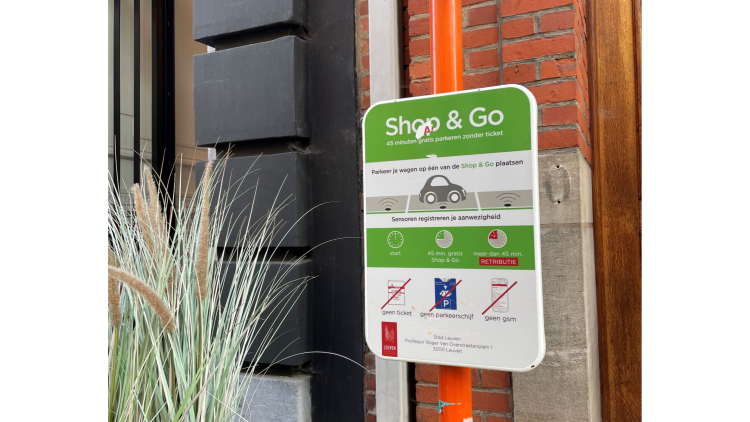Leuven: Reimagining the curbside

The Challenge
Cities curbs, being the interface between roads and sidewalks, are more contested than ever due to the growth of urban logistics, active mobility, and new mobility.
Despite the growing relevance of curb space in cities, public administrations often lack the capacity to respond to these competing needs, and struggle to identify how to best regulate their curbs to improve logistics, mobility, and congestion. Factors contributing to this situation includes:
- Fragmented or inexistent understanding of curb assets and regulations
- Missing global picture of who and when is the curb most and least used
- Cities have limited resources to analyze and disseminate knowledge of the curbs and their regulations
- Unable to identify gaps or inconsistencies in curb allocation
- Unable to effectively communicate regulations for specific use cases



